In 1976, TAG Heuer introduced its Monza model, named for the world-famous Italian Formula 1 racetrack. Forty years later, the Monza Calibre 17 recalls the glory days of racing while offering a great deal more than retro design. Read on for an in-depth review from the WatchTime archives, with original photos by OK-Photography.
Good news for fans of the retro look – the Monza is back. Good news for racing fans, too, with a design that’s just as dynamic and full of automotive references as the original version from 1976. It’s also remarkable, since TAG Heuer has experimented over the last 15 years with a more elegant version with no black coating and colorless dial elements.
A glance at the new Monza Calibre 17 might call to mind the familiar roar of Formula 1 engines. After all, the watch was first introduced to celebrate Ferrari’s World Championship title in 1975. On Sept. 7 of that year, Niki Lauda won third place in the Italian Grand Prix at the Monza racetrack and secured the title in a Ferrari sporting the Heuer logo. Scuderia Ferrari also won the Constructors’ Prize – a long-sought double victory after an 11-year dry stretch.
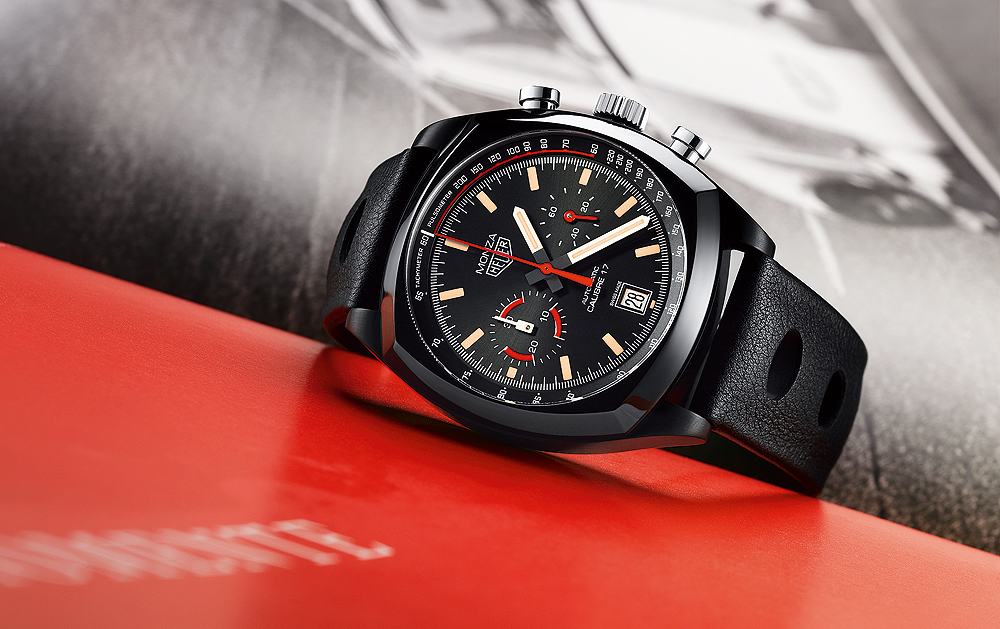
The new Monza combines the best features of two historical models – its dial design can be traced back to the original Monza from the year 1976 and its case to a Heuer chronograph from 1933. The cushion-shaped case is a style holdover from the earliest days of the watch. The Monza from the 1970s had an oval case shape that was typical for that time and was available in chrome-plated or black-coated brass. That watch contained Calibre 15, which necessarily placed the crown on the left-hand side. Calibre 15 was the successor model of the Calibre 11 developed in 1969 by Heuer-Leonidas in collaboration with Breitling, Hamilton-Büren and Dubois Dépraz – one of the world’s first automatic chronographs.
Calibre 15 had a small seconds subdial set at 10 o’clock that gave the original Monza a strikingly asymmetrical look. TAG Heuer omitted this daring design element for its newest version, due in part to its use of the ETA 2894, known at TAG Heuer as Calibre 17. This standard movement reverses the position of the small seconds and minutes counter and relocates the crown to the right side of the case.
All in all, these changes benefit the new Monza, giving it a sporty and relaxed look that is not quite so idiosyncratic as the original. Whatever it may lose in coolness, it gains with the polished and matte finishes of the cushion-shaped case. Titanium contributes to its excellent wearing comfort and the titanium carbide coating makes it highly resistant to scratches.
Just as before, the Monza has a sealed caseback – even though the technology beneath is in no way so unattractive that it must be hidden. TAG Heuer uses the basic movement quality “Elaboré” and adds various decorative finishes and an individualized rotor. Black enhanced engraving instead of gold on the oscillator fits the overall sporty design of the watch.
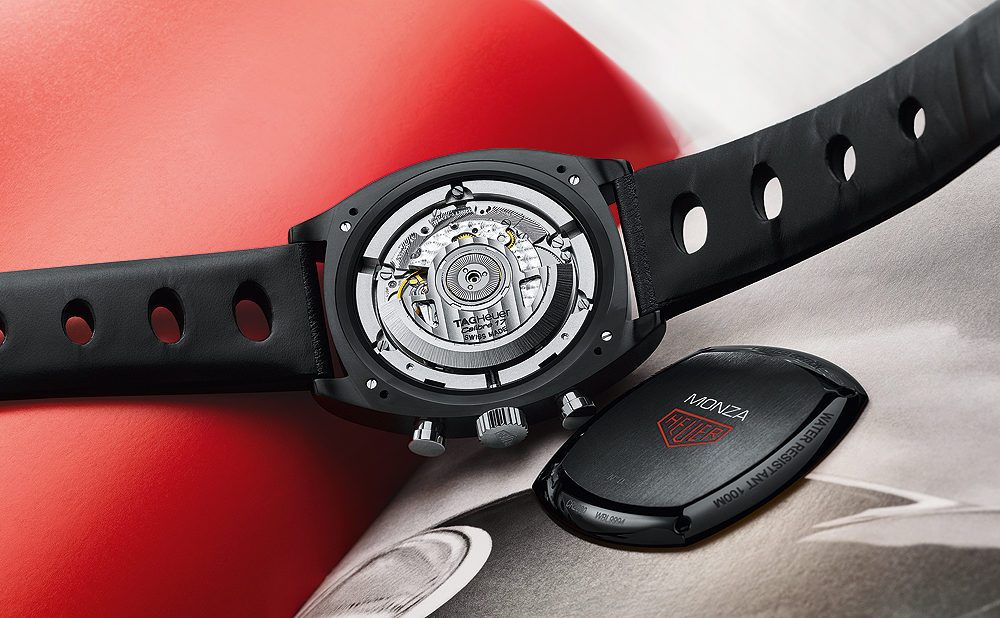
The ETA 2894 is a modular chronograph based on the three-hand caliber ETA 2892, so the crown sits lower on the case than the chronograph pushers. Although the pushers are generously sized, their pressure point is not perfect. The start-stop pusher on our test watch had a notably delayed reaction when timing events. The stop and reset worked better but the pusher function was stiff. This is due at least in part to the cam control of the chronograph that replaces the historical, higher-quality column-wheel control in more economical chronograph movements.
The rate results of the test watch are generally acceptable. However, the timing machine recorded an outlier in the “dial down” position, which negatively affected the average outcome on our stringent rate test. On the positive side was the low daily gain of 2.5 seconds per day without the chronograph on and 4.5 seconds per day while running. The wearing test on the wrist showed deviations ranging between 0 and +6 seconds per day.
The perforated calfskin strap is also perfectly in line with the automotive appeal of the Monza design, as are the sporty case and dashboard-like displays. The strap ends in a functional, well-executed folding clasp with push-buttons that are also made of PVD-coated titanium. Its clamp-type clasp mechanism allows for precise adjustment. It compresses the strap at the point of closure, though not to the extent seen on similar clasps.
All in all, the TAG Heuer Monza Calibre 17 is more stylish than the original model from the 1970s (combination cushion-shaped case), of higher quality (titanium with PVD coating) and therefore, more attractive (perfectly in line with current retro trends). What was good in 1976 – it’s even better today.
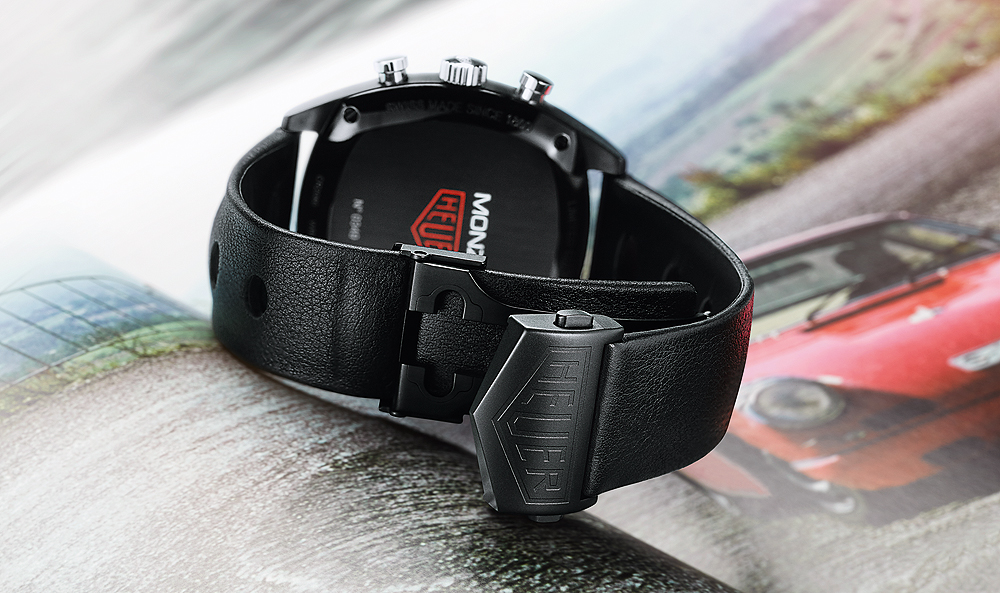
SPECS:
Manufacturer: TAG Heuer SA, Rue L.-J. Chevrolet 6a, 2300 La Chaux-de-Fonds, Switzerland
Reference number: CR2080.FC6375
Functions: Hours, minutes, small seconds, chronograph with 30-minute counter, date
Movement: ETA 2894 “Elaboré,” automatic, 28,800 vph, 37 jewels, hack mechanism, quick date adjustment, fine regulator, Incabloc shock absorber, power reserve = 42 hours, diameter= 28 mm, height = 6.1 mm
Case: Titanium-carbide-coated titanium, curved sapphire crystal on both sides, titanium-carbide-coated titanium screwed caseback with four screws, water resistant to 100 m
Strap and clasp: Calfskin strap with PVD- coated titanium safety folding clasp
Rate results (deviations in seconds per 24 hours, with chronograph switched off/on)
Dial up +2 / -1
Dial down +11 / +7
Crown up +1 / 0
Crown down +6 / +4
Crown left +6 / +6
Crown right +1 / -1
Greatest deviation of rate 10 / 8
Average deviation +4.5 / +2.5
Average amplitude:
Flat positions 310° / 291°
Hanging positions 282° / 259°
Dimensions: Diameter = 42 mm, height = 13.5 mm, weight = 96 grams
Price: $5,200
SCORES:
Strap and clasp (max. 10 points): The supple calfskin strap is easy to adjust thanks to the safety folding clasp with its clasp mechanism. 9
Operation (5): Only weakness: stiff operation of the pushers 4
Case (10): Excellent execution of the titanium case. Scratch resistant thanks to PVD coating; water resistant to 100 m 9
Design (15): TAG Heuer has improved upon the original watch design from the 1970s. One weakness has remained, however: no color distinction in the hands for the timekeeping and chronograph functions. 14
Legibility (5): The basic orientation on the dial is good both day and night, but the abundant line markings on the minutes track are distracting. 4
Wearing comfort (10):The lightweight case, supple strap and functional clasp sit snugly and comfortably on the wrist. 10
Movement (20): Highly developed mass-produced chronograph movement in basic quality “Elaboré” with attractive decorative finishes 12
Rate results (10): One outlier in the “dial down” position makes the maximum positional deviation rather high. 6
Overall value (15): Its value is adequate, but not as good as other chronographs with in-house movements. 12
TOTAL: 80 POINTS
Interested in comparing the modern Monza with its 1970s predecessors? Click here for our “Vintage Eye for the Modern Guy” feature on the TAG Heuer Monza.


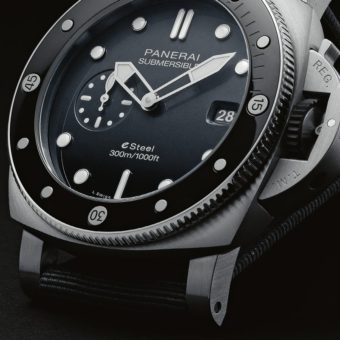

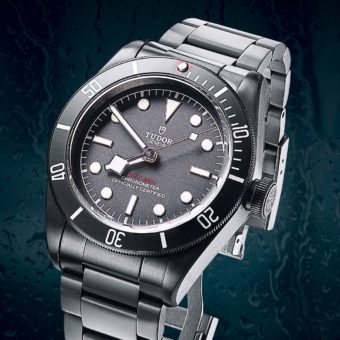

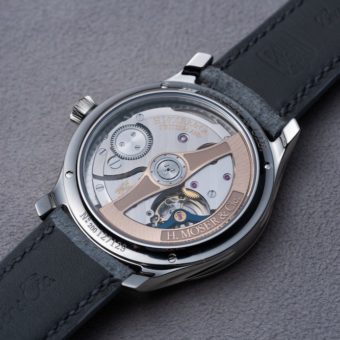
You´re wrong about the 2894. It has a column wheel. Look here https://www.watchfreeks.com/115-watch-movements/6270-eta-s-2894-really-column-wheel-chronograph.html
Cosmetically a very nice addition to the TAG-Heuer Collection, given the Cushion an alternative in the “shaped” category to the bolder Square Monaco. Myself, I remain on the outside as to the over-development of Homage pieces to which the Brand has become overly dependent. I have always believed there is great synergy in the Timepiece and Auto Industry, passed brands deciding what alternative Automobile matches this years marketing stratagem. No less than Bob Lutz, once looking at the re-birth of the ’68 Mustang as the template, indicated though short term #’s can be achieved, the evolution is limited to what has just been re-created, sadly, and more recently in November of 2017, he predicted the end of the Car Industry as a whole, in slightly more than one generation! That said, with today’s announcement by Jean Claude Biver of his stepping aside in his daily responsibilities, this too should re-open the door for TAG-Heuer to re-direct the Brand and capitalize on Mechanical and Digital achievements in the measurement of time. Short Term, there is a need for a New or re-born Hero Collection, from what was S/EL (from whence the Link evolved, but dropped the Rotating Bezel and diminishing the iconic Brand identifying Bracelet design), the architecturally beautiful, but arguably too small at its birth ‘6000’, as well as Aquagraph, where a Collection of 3-4 Cases (SS, Black, Bronze and Bi-Color) Bracelet and Rubber become a Collection that allows TAG-Heuer to re-capture real estate lost, and not be simply the ‘Cash-cow’ to subsidize Zenith and the mono-look Hublot, as well as Christian Dior and Bulgari. Change is good, if it allows growth through fresh ideas and non-group think!
I am sure you know this, in 1976 it was Heuer not Tag Heuer.
Dear Sir, your review is realy excellent. Do you know even approximately what is the degree in Vickers of the Titanium carbide coating? Thank you and best regards.